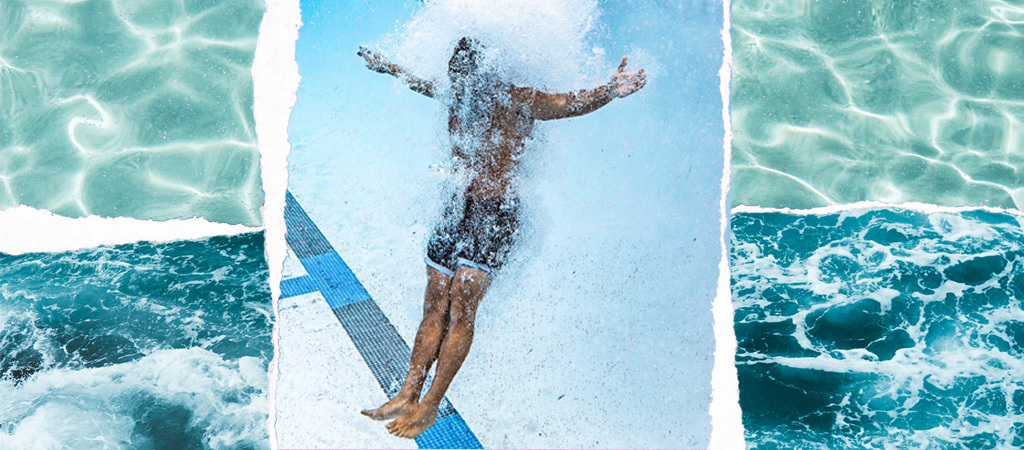Breath is considered by many cultures to be the key to life, and there’s no argument that it is one of the requirements. The human body takes somewhere around 20,000 breaths per day, so we’re pretty lucky that this particular mechanism comes to us instinctually. But one of the detriments of having our lungs working on autopilot is that we are often unaware of how effectively, or ineffectively, we are taking in oxygen.
Because this function is usually taken for granted, many people go days, weeks, months, maybe years, without taking a single conscious breath. Perhaps that sounds like you. Perhaps you have had other areas of self-improvement that you have prioritized. But instead of judging yourself, or counting it as a negative, take this as an opportunity to see significant improvements in your everyday health with a minimal effort.
One of the quickest ways to find appreciation for your breath is to go without it, for any amount of time. We’re talking about “breath holds.” The difficulty here is breathing is so instinctual that it can take a lot of effort to really deprive your body of oxygen. So the trick is finding a reoccurring opportunity for you to regularly test your lung capacity. Once you get in a regular habit you will be shocked at the extra level of performance that it unlocks.
Uproxx sat with Don Tran, a former Marine Raider and cofounder of Deepend Fitness, to discuss the power of breathwork, how to start the practice, and how incorporating underwater holds can help you develop a stronger practice.
READING AND BREATHING
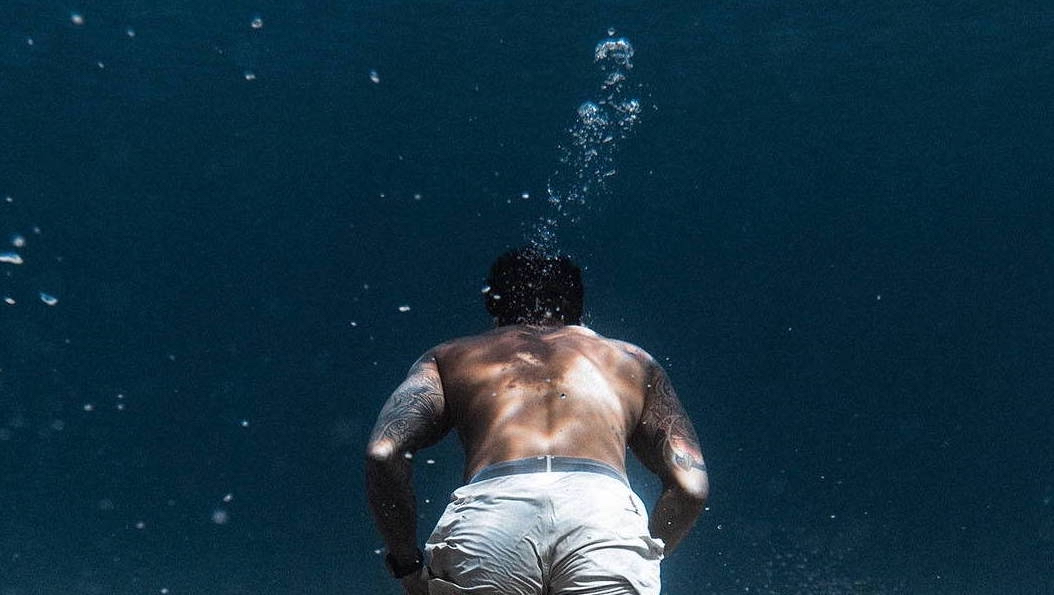
Breathing has been around for as long as the human experiment has. So naturally there has been plenty of great insight into it, and many great books written on the subject. For those hoping to begin the journey in the right way, with all the information at hand, here are a few great books that Tran stands by. For additional progress, try to follow your breath as you read, maybe take a conscious breath before every page turn.
- Breath: The New Science of a Lost Art by James Nestor
- The Art of Breath by Brian Mackenzie
- Breathing for Warriors by Dr. Belisa Vranich
FIND YOUR INTENTION
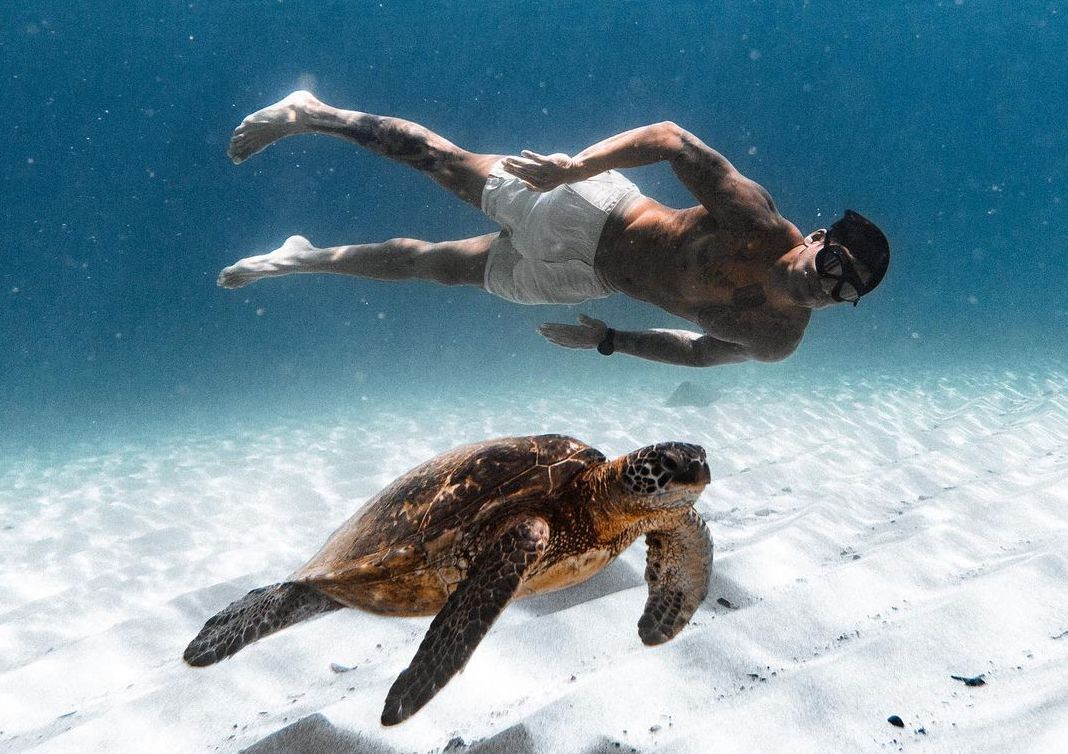
Don’t confuse intention with over-complication. This is about taking the natural organic behavior and bringing consciousness into the equation. First, before you begin your training, ask yourself why you are starting this practice. Do you want to be less stressed? Do you want to perform better at work presentations? Do you want to develop a deeper connection with your body? Finding an intention or goal will make the practice stick stronger.
For Tran, breathwork was a way to calm himself and better process the high-stress situations he was put in overseas during combat. “My family was asking me what it was like overseas and I realized that I couldn’t really remember anything,” says Tran. “I spent so much of that time afraid. But when I started working on my breath during our underwater exercises, I found that it was an incredible tool for finding calm. I could find peace in moments that I used to spend filled with fear.”
MIND-BODY CONNECTION
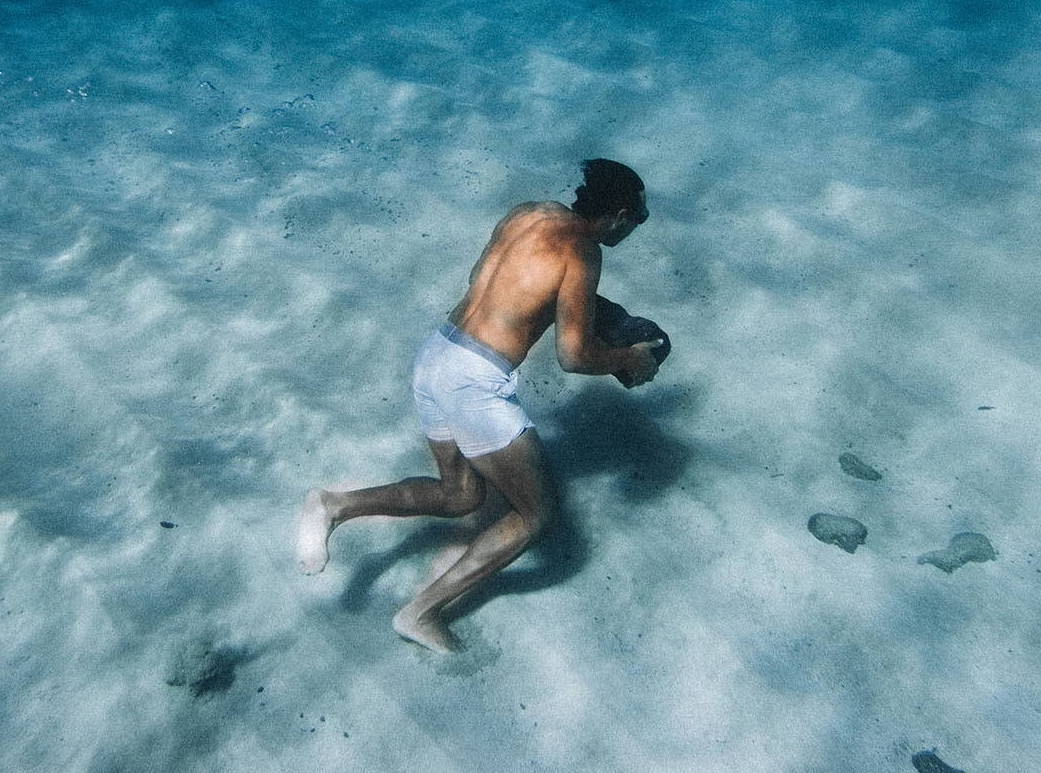
Getting a better breath isn’t just about having more time to breathe. There are several physical elements that should be considered and perfected to get a great breath. “One of the first things that I look for is what the rib cage is doing,” says Tran. Specifically, what the rib cage and the intercostal muscles are doing. “I want to see a stretch in those muscles, and I want to see that the lungs are filling up.”
One great way to improve on these biomechanics is to look in a mirror in the beginning. Do this to make sure that your posture is good and that you are allowing your lungs to fill. This is also a way to observe how you are breathing, and that you are inhaling through the nose or mouth, depending on what you are practicing. Be sure that you are taking deep breaths versus shallow and short ones.
BREAK THE MENTAL BARRIERS

Since breath is so essential to life, there are mental triggers activated when we aren’t able to breathe and they alarm way before we are ever actually in danger. “For most people, they are starting to get contractions to their diaphragm at their 50 percent mark,” says Tran. “So it can be a very eye-opening experience when people are able to push through that first impulse.”
Deepend Fitness helps people build up their breathing musculature by having people do quick bodyweight workouts poolside before doing short, focused swims. The goal is to force your body to be depleted of oxygen, taken to a limit, and then introduce the water, where you really test your capacity. The more you practice the more aware you will become of your actual limits and the more confident you will become within that space.
BASIC BREATH EXERCISES:
There are a lot of breath patterns to explore in different situations, and it’s important to find the right one for your purpose. Here are just a few different patterns and regulations that you can use to start your journey.
For Meditation: Box Breathing
Breathe in for four seconds, hold your breath for four seconds, exhale for four seconds, hold again for four seconds, and then repeat. The name box breathing comes from the idea that you can visualize a box while you are doing this pattern, with each side being represented by four seconds.
For Stress: Exponential Breathing
Breathe in for three seconds, hold for two seconds, exhale out for three seconds, breathe in for three seconds, hold for two seconds, and exhale for five seconds. Continue like that, increasing your exhale time by two seconds until you reach a calmer state, with the goal being within 24 seconds.
For Mind-body: Pranayama
Sit crossed-legged on the ground with your arms forward on your legs. Exhale completely. Bring your right hand up to your nose and close your right nostril, breathe in through your left nostril for five seconds, close both nostrils and hold for five seconds, open your right nostril and exhale for five seconds, close both nostrils and hold for five seconds. Repeat doing the opposite order for the nose.
GO DEEPER WITH THE PRACTICE
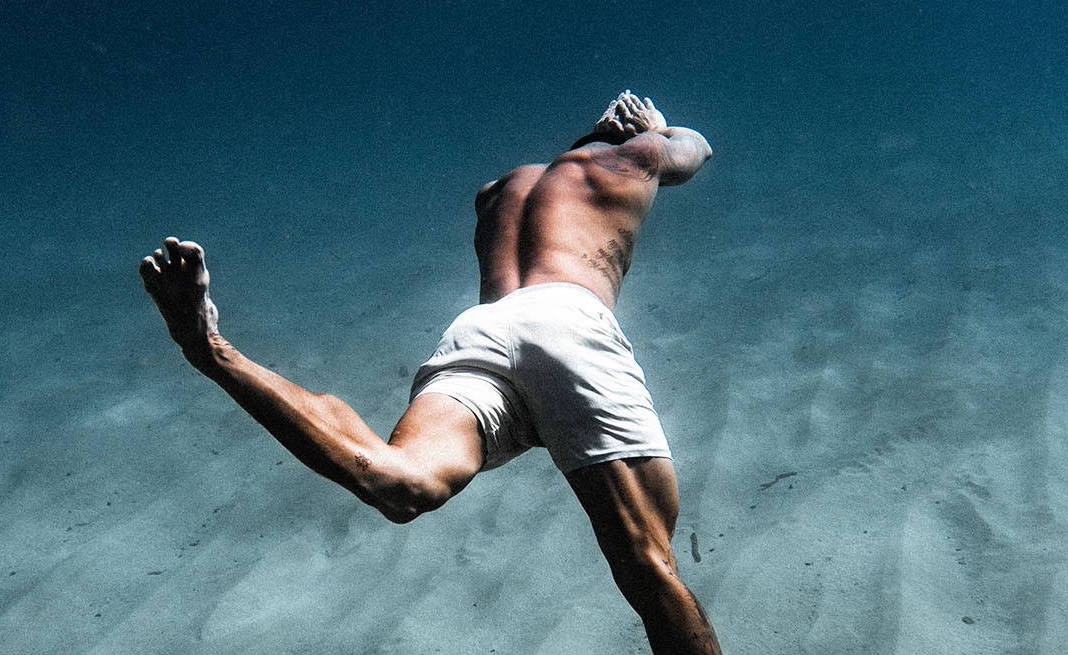
Bringing underwater work into the situation keeps you from compromising in your practice. Because breath is so imperative finding a way to push the limit is difficult. Not everyone has a pool, but you can accomplish similar results using a plunge or bath. It is important to start on dry land though, and Tran makes sure that his students work on their breath sufficiently before going into the water.
These kind of exercises are also a great way to learn about what breaths are useful in a recreational scenario like free-diving on vacation. “There’s a lot of research that suggests that diving from a cold start is better than taking a big gasp before going underwater,” says Tran. Little adjustments and tools can help you get the most out of your underwater experiences.
Plunges are a great way to add another level to your breathwork practice, in addition to the other health benefits cold water immersion can have on the body. Because entering freezing water is a stressor, your breathing will naturally quicken on introduction. Being able to bring your breath back down after that initial experience is a great way to practice calming yourself in stressful scenarios.
Stay with this practice, and you’ll be shocked at the performance levels you’ll unlock.

